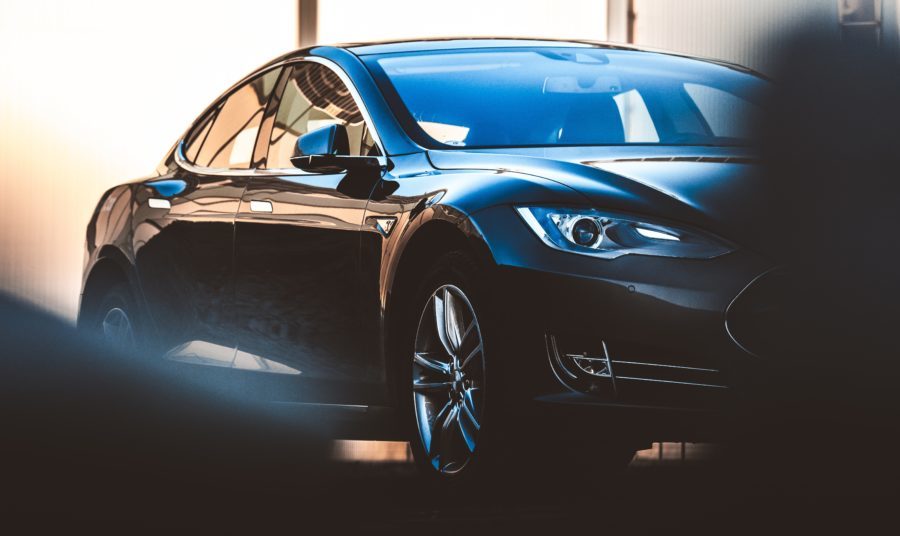Share this article
An Assessment of Your Key Needs Determines Your Path to Zero Energy
Energy Efficient commercial buildings are grid-integrated buildings capable of low Energy consumption and energy generating through advanced efficiency technologies and onsite generation systems such as solar power. The process starts with a Needs Assessment to understand how energy efficiency and conservation measures can be deployed and then by adding onsite renewable energy generation (or offsite as in community solar), to reach your goals. Alternatively the ultimate design of your building can be delivered across an energy performance spectrum. This could start at required building code standards, (negative energy), progressing through ZE, all the way up to advanced designs, (delivering positive energy).
The New York Getting to Net-zero Status Report by NBI shows New York State is leading the NE in net-zero buildings with 27 documented ongoing and completed net-zero building projects and a total of 132 net-zero, high-performance, & Passive House projects. https://t.co/GQOoL0cdxA pic.twitter.com/Hm4CH5GlEU
— New Buildings Inst. (@ZeroEnergyBldgs) April 19, 2019
1. Start with a Professional Needs Assessment
The process starts with a Needs Assessment to understand how energy efficiency and conservation measures can be deployed and then by adding onsite renewable energy generation (or offsite as in community solar), to reach your goals. Alternatively the ultimate design of your building can be delivered across an energy performance spectrum. This could start at required building code standards, (negative energy), progressing through ZE, all the way up to advanced designs, (delivering positive energy).An Assessment of your key needs helps determine your path to Net Zero, factors include:- Air Sealing Windows & Doors
- Insulation – Roof Cavity & Basement
- Lighting LED Retrofit & Controls
- HVAC Efficiency & Ventilation
- Advanced Thermostats & Smart Meters
- Onsite Renewable Energy Generation
- Conservation Education & Training
2. Get a Building Energy Audit
Achieving commercial ZE objectives require a combination of best practice energy efficiency measures and renewable energy production , this is surprisingly achievable. Working under an “integrated design process”, (bringing different specialties together to produce sustainable designs), the first steps require establishing your efficiency goals and cost budget.
During a professional energy audit, an energy auditor analyzes your energy bills, completes visual, health and safety inspections, and may use special equipment — such as a blower door and an infrared camera – to detect sources of energy loss. An energy audit will provide you with a comprehensive home energy report that shows which energy efficiency upgrades are best for your potential energy savings. Be sure to look for a BPI (Building Performance Institute) certified contractor who is specially trained to conduct a whole building assessment to best determine how efficiency improvements will work together. http://www.mtwx.biz/energy-auditsstonehende.
3. Implement Energy Efficiency
Next, the design team will develop the most efficient building “envelope” by employing energy-efficient technologies such as lighting, HVAC and controls, as well as ZE compatible construction materials, reduced plug loads and proper siting of the building to take advantage of passive heating and cooling.
Achieving a reduced energy consumption design then makes it possible to meet your building’s energy needs with the appropriate renewable energy source(s).
Energy Efficiency is known as the 5th fuel through implementation of energy conservation measures, (ECMs), to reduce your overall energy consumption footprint. Energy efficiency should be leveraged first because it’s the most cost effective way to lower energy costs. The goal is to reduce the amount of energy required to provide comfort, products and services.

4. Improve Your HVAC and Lighting, Heating
Green buildings with passive heating, cooling and ventilation use less energy therefore cost less to heat, cool and operate. The capacity to tap into renewables makes buildings more resilient (heat up and cool down slower), safer and more comfortable for their occupants during power outages and extreme weather events. Some insurance companies even offer discounted insurance premiums, for buildings meeting the proper certified energy efficiency criteria.
The focus for improvement is on the following:
1.HVAC has the highest energy impact for commercial and industrial.
2.Mechanical, Architectural electrical and equipment.
The outcome should be a list of Energy Conservation Measures, (ECMs), which show energy savings and a simple payback period. The overall analysis should model the life cycle of the project (s) which will determine the first cost (initial investment) versus the savings over the life of the project.
5. Convert to Onsite Renewable Energy
Onsite renewable energy can dramatically reduce the costs and the overall carbon footprint of your building. For example a one time capital investment in solar energy can cover the electricity needs of your build for decades at a fixed cost. This one time renewable energy fixed cost can save you considerable money over it’s 25 to 30 year lifetime compared to conventional energy generation and fossil fuel costs. In addition it’s smart to implementing Energy Efficiency before considering renewable energy since it will reduce the overall investment.
Renewable Energy costs have dropped dramatically, falling nearly 80% over the last couple of decades. At the same time solar performance has improved significantly. These improving factors create accelerated renewable energy price performance, this is know as Swanson’s law.
One time capital investment, (no fuel costs), and longevity of the investment combined with improving performance over price create an unbeatable new energy economy opportunity for building owners.

Related post:
Conclusion
Building owners have the options when it comes to energy projects:
1) Finance the project him/herself,
2) A 3rd Party could underwrite all or a portion in a co-development structure or
3) a third-party investor could underwrite the project. If it is determined that solar will be involved, the owner of the structure would not only receive the efficiency incentives, but also the Solar Investment Tax Credit (ITC).
In the landlord scenario, if he/she chooses to underwrite the project and pay for his/her tenants’ energy directly, her/she could effectively act as the utility for those tenants and receive additional income on the rate margin.
Under the Community Distributed energy scenario, each member’s energy production will appear as a credit on their monthly utility bill. This aspect coupled with potential On-Bill payment structure provides added convenience and process expedience.
 About the author – Warren Evans
About the author – Warren Evans
As a Business Owner, Technology Program Manager and Nuclear Engineer I’m proud to be an environmental supporter and advocate of all forms of renewable energy and the game changing technologies and economics surrounding this global transition. I enjoy managing complex technologies and making these capabilities accessible to people who need practical solutions.


